Hormones are chemical messengers that quietly dictate everything from how well you sleep to how alert you feel, how easily you burn fat, and even how long you live. What you eat every day isn’t just fuel—it’s instruction.
For instance, you feel fine in the morning, but by 3 pm, you’re crashing. You’re not really hungry, but you’re reaching for a snack or another coffee to push through. Your brain says you need energy, but what you actually need is better instructions for your hormones.
As Dr. Peter Attia says, “You can’t supplement or out-exercise your way out of a bad diet.”
And increasingly, science is showing: you can’t out-hack your hormones, either.
 But many of us may be accidentally sending our hormones the wrong instructions. According to the CDC, over 1 in 3 American adults are already insulin resistant — many without knowing it.
But many of us may be accidentally sending our hormones the wrong instructions. According to the CDC, over 1 in 3 American adults are already insulin resistant — many without knowing it.
Meanwhile, rates of metabolic dysfunction, hormonal imbalances, and fertility struggles are rising sharply even in people who appear outwardly healthy.
As Dr. Robert Lustig, pediatric endocrinologist and author of Metabolical, puts it:
“It’s not about calories in, calories out. It’s about hormones. Fix the hormones, and the weight takes care of itself.”
Hormone-Food Feedback Loop
Think of your hormones like text messages from your brain and organs: fast, direct, and highly responsive. The food you eat is the keyboard. Every bite is a message you send.
Consider this situation: Emily is a busy professional in her 30s, works out regularly, has a normal BMI and tries to “eat clean.” But her day starts with coffee on an empty stomach, she grabs a protein bar for lunch between meetings, and finishes her day with late-night takeout after working late.
She struggles with energy crashes, mood swings, and creeping anxiety. Her doctor says her labs are “normal.” But her hormones tell a different story: erratic cortisol, early insulin resistance, and disrupted hunger signaling.
Emily’s eating habits are probably not too dissimilar from many of ours. In fact, today’s food landscape is actively working against your hormones:
- Over 70% of U.S. calories now come from foods that don’t fortify our bodies (BMJ Global Health, 2024).
- The average American eats 17 times per day if you count “micro-snacks” (NIH observational data).
- Stress, remote work patterns, and social media culture promote irregular eating windows.
As Dr. Rhonda Patrick notes: “We’ve never lived in a more hormone-hostile environment, where hyper-palatable foods and chronic stress are normalized. Diet may be our last controllable lever.
When you eat, your body launches a hormonal cascade. Insulin rises to shuttle glucose into cells. Leptin and ghrelin toggle your sense of fullness and hunger. Cortisol and dopamine modulate your energy and mood. Over time, the quality and timing of your meals shape how these signals behave—and whether they begin to misfire.
Dr. Andrew Huberman describes it like this:
“Food is one of the most powerful levers we have over our brain’s reward systems. When you eat processed sugar, you’re essentially pulling the dopamine slot machine — again and again.”
Hormone #1: Insulin as Gatekeeper of Energy
 Produced by the pancreas, it responds to carbohydrates by clearing sugar from the blood and directing it to be stored or used for energy.
Produced by the pancreas, it responds to carbohydrates by clearing sugar from the blood and directing it to be stored or used for energy.
But here’s the catch: chronically high insulin — often the result of frequent snacking, sugary breakfasts, and late-night carbs — can lead to insulin resistance. This is when the body stops responding effectively to insulin.
This contributes to everything from weight gain and fatigue to prediabetes and Polycystic Ovarian Syndrome.
Insulin is like a delivery truck. If you keep sending too many packages to your cells too often, they stop answering the door. The boxes pile up, but in your bloodstream.
Peter Attia calls insulin resistance “the most underappreciated threat to long-term health,” noting that its effects ripple out into cardiovascular disease, cognitive decline, and even cancer risk.
Nutrition Strategy:
- Prioritize whole foods rich in fiber, protein, and healthy fats.
- Reduce meal frequency (avoid constant grazing).
- Time carbohydrates earlier in the day to support circadian rhythms.
- Eat only 24 grams for women and 36 for men of sugar a day.
Hormone #2: Leptin and Ghrelin as Satiety Detectors
Leptin tells your brain you’re full. Ghrelin tells it you’re hungry. Ideally, they operate like a thermostat. But processed foods—especially those loaded with sugar and refined carbs—can blunt leptin’s signals and keep ghrelin artificially elevated.
It’s like having a broken thermostat that keeps telling your house it’s freezing — even in summer. Your brain thinks you need more energy, so you keep eating.
Dr. David Ludwig of Harvard explains: “Highly processed carbohydrates hijack the body’s natural satiety systems, making it much harder to regulate intake—even at a healthy weight.” Huberman adds that poor sleep further disrupts ghrelin: “When you’re sleep-deprived, your brain literally tells you to eat more — and specifically craves sugar and highly palatable foods.”
Nutrition Strategy:
- Focus on protein-forward meals (~30g per meal).
- Eat real, unprocessed foods that naturally activate fullness signals.
- Avoid foods that don’t fortify your body, which can override these hormones.
Hormone #3: Cortisol as the Stress Trigger
Cortisol helps regulate blood sugar during stress.
But when stress is chronic — and combined with erratic eating patterns — cortisol becomes a hormonal arsonist, destabilizing energy, mood, and fat storage.
Huberman recommends anchoring cortisol by eating a protein-based breakfast within 30-60 minutes of waking.
He states that “early protein intake signals safety to the nervous system. It’s one of the most underrated ways to stabilize mood and focus throughout the day.”
Cortisol is like your home’s fire alarm. It’s essential in an emergency—but if it keeps going off, the system becomes desensitized, and damage builds up quietly.
Nutrition Strategy:
- Front-load protein early in the day.
- Limit caffeine on an empty stomach.
- Pair stress management (light exposure, breathwork) with consistent meals.
How Does Your Body Feel?
If you’re worried you might be negatively impacting your hormonal health via your diet, consider the below, and if you check two or more or these, your body might be sending you warning signals that your diet isn’t giving it clear instructions:
Do any of these sound familiar?
- You hit an energy wall most afternoons
- You crave sugar, salty snacks, or caffeine to “push through”
- You feel full but still hungry after meals
- You wake up wired, anxious, or not fully rested
- You feel foggy or irritable after carb-heavy meals
- Your weight feels harder to manage, even with effort
Why this Matters Now More Than Ever
Every bite you take sends a message. Is it one of clarity, balance, and support? Or one of chaos and confusion? Reframing meals not just as fuel—but as conversations with your hormones—can change the game. But before altering your diet, consult with your doctor as there may be other concerns that need to be addressed first.
Because as both Attia and Huberman would argue, no supplement, wearable, or ‘hack’ will outperform the basic, consistent signals you send your body every day.



 “
“



 Advocates claim it reduces inflammation, improves mental clarity, and helps manage glucose levels, and promotes weight loss. However, the reported benefits of this diet are more anecdotal than clinical. In fact, multiple studies cite the dangers of this diet, including
Advocates claim it reduces inflammation, improves mental clarity, and helps manage glucose levels, and promotes weight loss. However, the reported benefits of this diet are more anecdotal than clinical. In fact, multiple studies cite the dangers of this diet, including 
 For instance, high consumption of saturated fats like beef tallow – which
For instance, high consumption of saturated fats like beef tallow – which  Yes, ACV can slightly
Yes, ACV can slightly  Experts generally agree that most people, especially women and older adults,
Experts generally agree that most people, especially women and older adults, 



 During the 2022 E. coli outbreak in leafy greens,
During the 2022 E. coli outbreak in leafy greens, 


 This allows agencies to prioritize inspections based on actual risk, not just routine schedules.
This allows agencies to prioritize inspections based on actual risk, not just routine schedules.
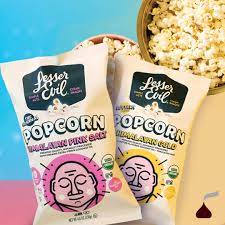
 General Mills has teamed up with
General Mills has teamed up with 

 This isn’t just about cooking with oil. It’s part of a broader philosophical divide. As institutional trust declines, many are turning to tradition and nature for guidance—assuming, sometimes wrongly, that these values offer more than modern science.
This isn’t just about cooking with oil. It’s part of a broader philosophical divide. As institutional trust declines, many are turning to tradition and nature for guidance—assuming, sometimes wrongly, that these values offer more than modern science.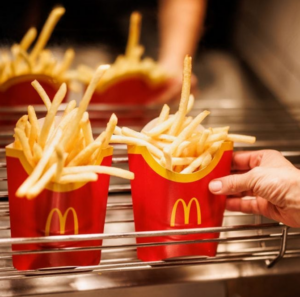



 The Thin Mint headlines may be new, but glyphosate conversations are years old.
The Thin Mint headlines may be new, but glyphosate conversations are years old. Both the
Both the  It’s also important to rinse all
It’s also important to rinse all 

 Brands like
Brands like 
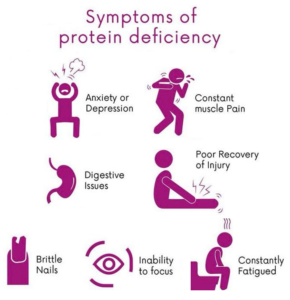

 It doesn’t just kill weeds; it kills anything green, including farm crops such as corn, soybeans, cotton, canola, sugar beets, and alfalfa. These crops have all been genetically modified so that the farmer can spray glyphosate after the crop emerges from the ground and kill the weeds, but not the crop.
It doesn’t just kill weeds; it kills anything green, including farm crops such as corn, soybeans, cotton, canola, sugar beets, and alfalfa. These crops have all been genetically modified so that the farmer can spray glyphosate after the crop emerges from the ground and kill the weeds, but not the crop.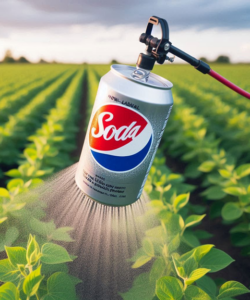

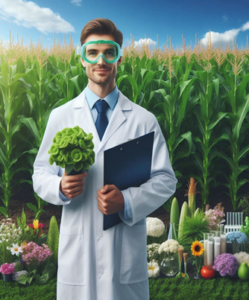 While there were different views on its effect on soil health, all agreed that it is the least toxic of the herbicides on the market.
While there were different views on its effect on soil health, all agreed that it is the least toxic of the herbicides on the market.
 One farmer invented
One farmer invented 




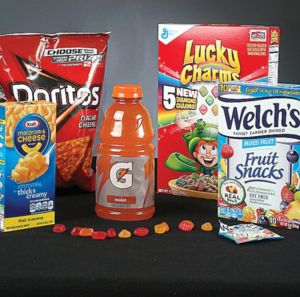 The FDA’s decision to act on Red Dye No. 3 after decades of inaction may signal a shift towards more proactive regulation of food additives.
The FDA’s decision to act on Red Dye No. 3 after decades of inaction may signal a shift towards more proactive regulation of food additives. There are many substitutes for Red Dye No. 3, such as beet juice, purple sweet potato extract, red cabbage extract, carmine, and pomegranate juice. These natural substitutes align with growing consumer preferences for clean-label ingredients. After all, many of us would rather consume pomegranate juice in Jell-o than red dye.
There are many substitutes for Red Dye No. 3, such as beet juice, purple sweet potato extract, red cabbage extract, carmine, and pomegranate juice. These natural substitutes align with growing consumer preferences for clean-label ingredients. After all, many of us would rather consume pomegranate juice in Jell-o than red dye.




 Peter Attia, MD, who wrote Outlive: The Science and Art of Longevity, points to VO2 max as the best predictor of longevity.
Peter Attia, MD, who wrote Outlive: The Science and Art of Longevity, points to VO2 max as the best predictor of longevity.

 Hanging from a bar measures your grip strength, which measures your overall muscle ratio – a good indicator of overall fitness.
Hanging from a bar measures your grip strength, which measures your overall muscle ratio – a good indicator of overall fitness.


 Spinach:
Spinach: 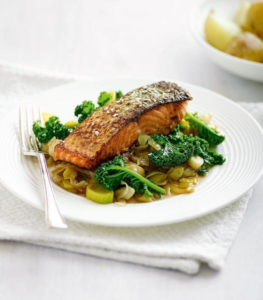


 Sustainability is no longer a buzzword but a mandate.
Sustainability is no longer a buzzword but a mandate. 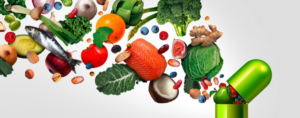
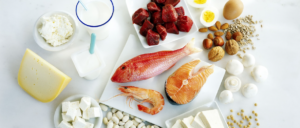








 This vitamin is essential for a healthy body, as it helps develop red blood cells,
This vitamin is essential for a healthy body, as it helps develop red blood cells,











 All-natural
All-natural 








 While protein can help you feel full and satisfied, consuming more protein than your body needs doesn’t magically become muscle…
While protein can help you feel full and satisfied, consuming more protein than your body needs doesn’t magically become muscle…







 They’re found in almost every culture and cuisine. Historians
They’re found in almost every culture and cuisine. Historians 



























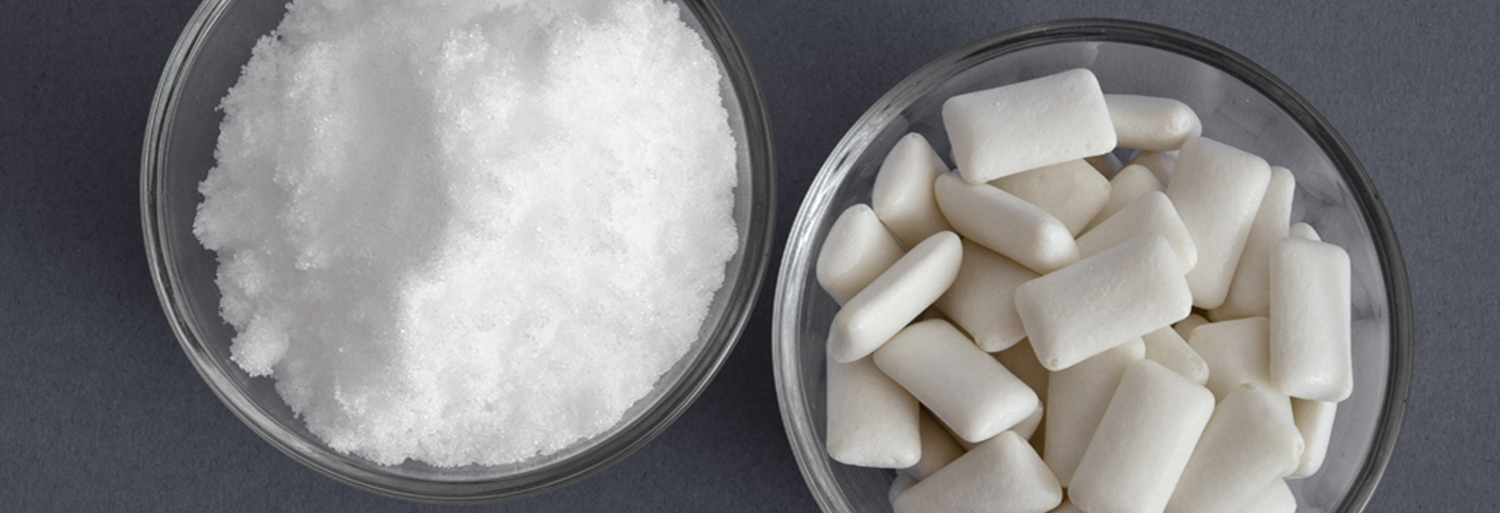

 Dental benefits
Dental benefits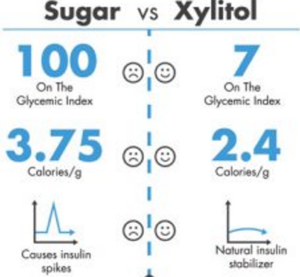 Glycemic control
Glycemic control
























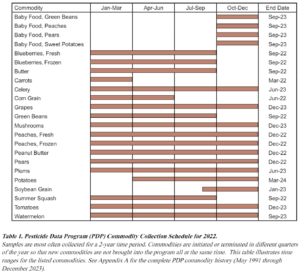








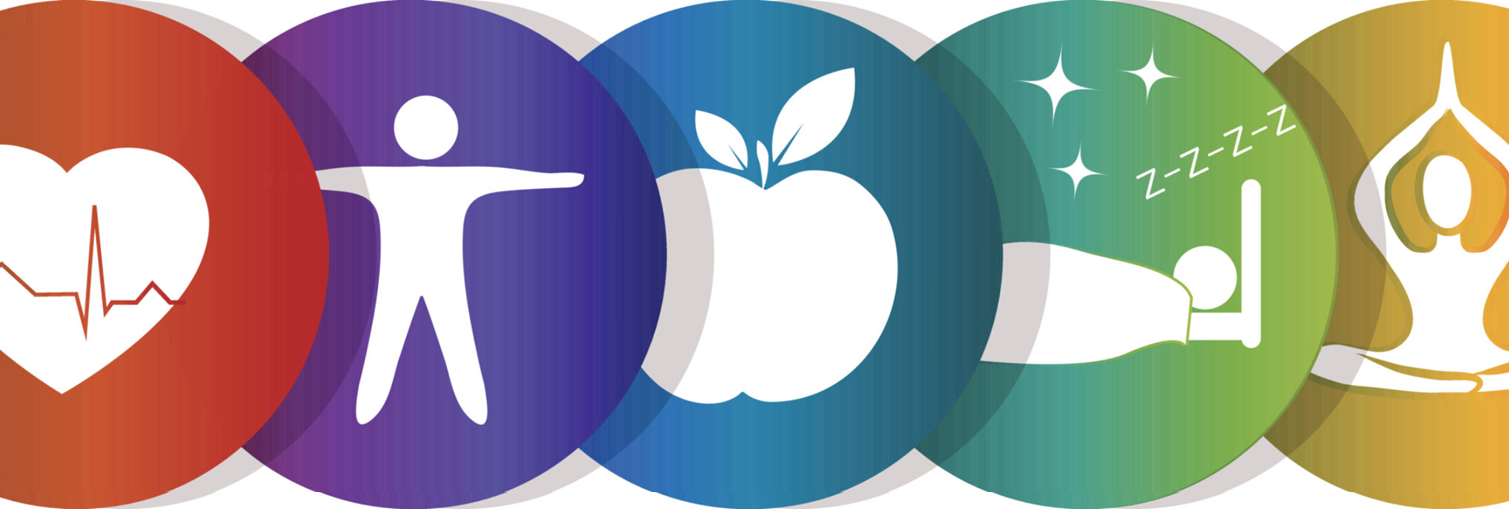
 For heart health, it champions the consumption of
For heart health, it champions the consumption of  It is not that those ingredients are bad for you, but you want to look for foods that have more healthy nutritious ingredients that add value to your body. The report also points to a burgeoning interest in traditional and
It is not that those ingredients are bad for you, but you want to look for foods that have more healthy nutritious ingredients that add value to your body. The report also points to a burgeoning interest in traditional and 








































 Let’s briefly examine just some of the ways the Belief Effect impacts overall health.
Let’s briefly examine just some of the ways the Belief Effect impacts overall health.





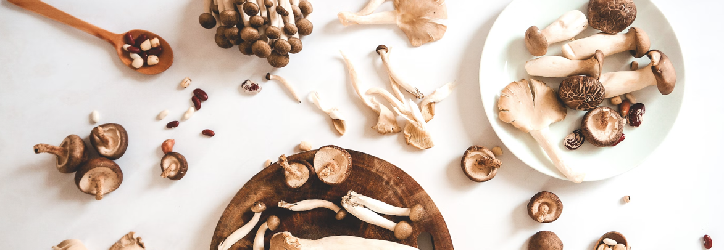




 Good news for you, most people already consume more than double the recommended amount, typically 900-1000 milligrams daily as part of their regular diets. Some tryptophan-dense foods are cod, spirulina, nuts and seeds, and legumes.
Good news for you, most people already consume more than double the recommended amount, typically 900-1000 milligrams daily as part of their regular diets. Some tryptophan-dense foods are cod, spirulina, nuts and seeds, and legumes. Not sure how to tell the difference between a complex carb and a simple carb? Here’s a good trick: most whole, unprocessed foods contain complex carbs. Avoid processed foods and “white” foods, which are mostly comprised of simple carbs.
Not sure how to tell the difference between a complex carb and a simple carb? Here’s a good trick: most whole, unprocessed foods contain complex carbs. Avoid processed foods and “white” foods, which are mostly comprised of simple carbs.























 Fine particles, smaller than 2.5 microns, can penetrate deep into the lungs and potentially enter the bloodstream, causing low-grade inflammation and oxidative stress. These processes are thought to aggravate or even drive chronic diseases.
Fine particles, smaller than 2.5 microns, can penetrate deep into the lungs and potentially enter the bloodstream, causing low-grade inflammation and oxidative stress. These processes are thought to aggravate or even drive chronic diseases. A study by the
A study by the 
 This means focusing on consuming whole foods and avoiding processed or fast foods that may contribute to inflammation and oxidative stress.
This means focusing on consuming whole foods and avoiding processed or fast foods that may contribute to inflammation and oxidative stress.

 But should you really be afraid of these “Dirty Dozen” items?
But should you really be afraid of these “Dirty Dozen” items?


 It has been shown to inhibit the release of histamine from immune cells, such as mast cells and basophils, which may help reduce
It has been shown to inhibit the release of histamine from immune cells, such as mast cells and basophils, which may help reduce  Bromelain is a mixture of enzymes found in pineapple stems. Yes, pineapple stems. Really the only way to naturally get bromelain is through fresh pineapple juice. However, bromelain supplements can provide concentrated doses of the enzyme.
Bromelain is a mixture of enzymes found in pineapple stems. Yes, pineapple stems. Really the only way to naturally get bromelain is through fresh pineapple juice. However, bromelain supplements can provide concentrated doses of the enzyme. Citrus fruits are dense in potent
Citrus fruits are dense in potent  While omega 3s can
While omega 3s can 

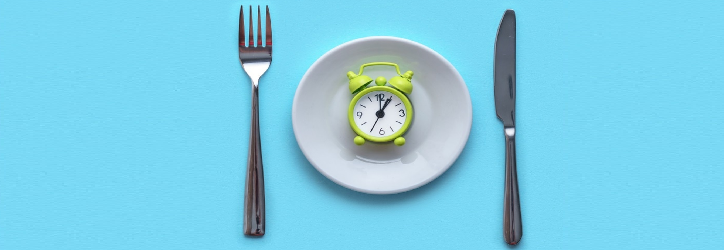










 Remember that the grams listed next to the nutritional fact are per serving size. Furthermore, the percentage to the right details what percentage of the recommended daily value (DV) each serving size contains.
Remember that the grams listed next to the nutritional fact are per serving size. Furthermore, the percentage to the right details what percentage of the recommended daily value (DV) each serving size contains.



















 Probably the most common source we hear about for heavy metals in everyday foods is mercury in larger fish, like swordfish, shark, and the ever-popular tuna.
Probably the most common source we hear about for heavy metals in everyday foods is mercury in larger fish, like swordfish, shark, and the ever-popular tuna.








 While the label is currently voluntary, many national health authorities have adopted it, including France, Belgium, Spain, Germany, Switzerland, the Netherlands, and most recently, Luxembourg.
While the label is currently voluntary, many national health authorities have adopted it, including France, Belgium, Spain, Germany, Switzerland, the Netherlands, and most recently, Luxembourg.









 What happened? After seriously overthinking this, basically, we were…fine. We had plenty of energy to work out, we were not tired and while we were hungry, we weren’t “hangry”, so the entire five-day period was only modestly unpleasant. Although, I was very excited to eat a ‘real meal’ on day six!
What happened? After seriously overthinking this, basically, we were…fine. We had plenty of energy to work out, we were not tired and while we were hungry, we weren’t “hangry”, so the entire five-day period was only modestly unpleasant. Although, I was very excited to eat a ‘real meal’ on day six!




 If you’re still unsure which bar to eat, here are a few options that have at least 5 grams each of fiber, protein, and unsaturated fats, as well as very little added sugar.
If you’re still unsure which bar to eat, here are a few options that have at least 5 grams each of fiber, protein, and unsaturated fats, as well as very little added sugar. 

 Rather than thinking of being wrong as a sign of stupidity or ignorance, we should see it as a sign of curiosity, openness to new information, and, ultimately, intelligence. In an increasingly complicated world, the willingness to revise our views is more critical than ever.
Rather than thinking of being wrong as a sign of stupidity or ignorance, we should see it as a sign of curiosity, openness to new information, and, ultimately, intelligence. In an increasingly complicated world, the willingness to revise our views is more critical than ever.






 In simple terms, it’s a diet rich in protein and low in carbohydrates. Meat and seafood, certainly, but also a lot of nuts, fruits, vegetables, and even eggs, I suppose.
In simple terms, it’s a diet rich in protein and low in carbohydrates. Meat and seafood, certainly, but also a lot of nuts, fruits, vegetables, and even eggs, I suppose. But I also have incisors that do more than make me look like an adolescent or excessively-aged Dracula. They are there to tear and rip things like meat.
But I also have incisors that do more than make me look like an adolescent or excessively-aged Dracula. They are there to tear and rip things like meat. And don’t forget something else my body tells me. Diet and exercise go hand in hand. It’s remarkable how much better I feel when I’m physically active, and especially so when I have the discipline to combine intellect and physicality with appetite in reasonable balance. I bet our culinary caveman also spent a good deal of time running – either chasing down food or trying not to become food. There’s a valuable lesson there, I suspect.
And don’t forget something else my body tells me. Diet and exercise go hand in hand. It’s remarkable how much better I feel when I’m physically active, and especially so when I have the discipline to combine intellect and physicality with appetite in reasonable balance. I bet our culinary caveman also spent a good deal of time running – either chasing down food or trying not to become food. There’s a valuable lesson there, I suspect. As usual, the academic community quibbles over the exact percentage with the fervor of a religious zealot. But I’m prepared to accept the general principle that a caveman diet entails a good deal less meat than my insatiable youthful cravings for bacon cheeseburgers, wings, and corn dogs.
As usual, the academic community quibbles over the exact percentage with the fervor of a religious zealot. But I’m prepared to accept the general principle that a caveman diet entails a good deal less meat than my insatiable youthful cravings for bacon cheeseburgers, wings, and corn dogs. If my brain and the rest of my body all work together on this thing we call diet and health, we might just be on to something important here. In the absence of absolute truth, perhaps a reasonable approach might rest in simple moderation. If you can find the science or authority figure you need to give you complete certainty in any single dietary approach, then by all means go for it (and share it with us for that matter!). But until you find that certainty, balance what all parts of your body are telling you with simple moderation.
If my brain and the rest of my body all work together on this thing we call diet and health, we might just be on to something important here. In the absence of absolute truth, perhaps a reasonable approach might rest in simple moderation. If you can find the science or authority figure you need to give you complete certainty in any single dietary approach, then by all means go for it (and share it with us for that matter!). But until you find that certainty, balance what all parts of your body are telling you with simple moderation.


 What
What 




 Brown fat? What in the world is brown fat? I thought all fat was a sort of a whiteish/yellow and something you wanted to have as little of as possible? As I dove deeper into my studies, I found that brown fat not only serves a critical purpose for infants, but plays a role in the long-term health of adults. And there are even certain foods we can eat to increase our brown fat.
Brown fat? What in the world is brown fat? I thought all fat was a sort of a whiteish/yellow and something you wanted to have as little of as possible? As I dove deeper into my studies, I found that brown fat not only serves a critical purpose for infants, but plays a role in the long-term health of adults. And there are even certain foods we can eat to increase our brown fat.



 Many of the people online who influence our diets and the foods we eat are not nutritionists or doctors. Social media platforms, especially Instagram and Tik Tok, are dominated by celebrity influencers or just attractive people who steer others toward specific trends, foods, clothes, and more.
Many of the people online who influence our diets and the foods we eat are not nutritionists or doctors. Social media platforms, especially Instagram and Tik Tok, are dominated by celebrity influencers or just attractive people who steer others toward specific trends, foods, clothes, and more.

 In supplement form, chlorophyll is sold as a liquid that can be added to water, as a powder, as vitamins, and as Chlorophyll Water, a drink also containing vitamins A, B12, C, and D. It’s sold at most stores that sell supplements and also online.
In supplement form, chlorophyll is sold as a liquid that can be added to water, as a powder, as vitamins, and as Chlorophyll Water, a drink also containing vitamins A, B12, C, and D. It’s sold at most stores that sell supplements and also online.







 So for me, an educated eater, if I felt my sweet tooth coming, I indulge in a piece of
So for me, an educated eater, if I felt my sweet tooth coming, I indulge in a piece of 



 What did Wallerstein do? He made everything bigger. Much to his excitement, sales of popcorn and Coca-Cola shot up. After his movie theater success, Wallerstein went on to work for McDonald’s, where Ray Kroc, McDonald’s CEO, came around to the “supersize” concept in 1972.
What did Wallerstein do? He made everything bigger. Much to his excitement, sales of popcorn and Coca-Cola shot up. After his movie theater success, Wallerstein went on to work for McDonald’s, where Ray Kroc, McDonald’s CEO, came around to the “supersize” concept in 1972. When I look back at pictures of the 1960s, everyone looks thin and fit. Yet, as a society, we know more about health, wellness, and food than ever. We know that sugar is bad for us. We know to eat healthy fats with omega-3s and limit processed saturated fats, like sausage and bacon. We even have the FDA-mandated Nutrition Labeling and Education Act.
When I look back at pictures of the 1960s, everyone looks thin and fit. Yet, as a society, we know more about health, wellness, and food than ever. We know that sugar is bad for us. We know to eat healthy fats with omega-3s and limit processed saturated fats, like sausage and bacon. We even have the FDA-mandated Nutrition Labeling and Education Act.  Luckily, I can take comfort knowing that I am not alone, and we have to engage our brain and our stomach when we encounter social media, restaurants, or even our local grocery store. But Bobo also points out that a healthy life is not just looking at food in isolation. He cites
Luckily, I can take comfort knowing that I am not alone, and we have to engage our brain and our stomach when we encounter social media, restaurants, or even our local grocery store. But Bobo also points out that a healthy life is not just looking at food in isolation. He cites 







 Blue Zones, in partnership with Healthways, created what is called the Blue Zones Project which has set out to bring the Power 9 longevity principles to entire communities. To focus on changing environments, and creating long-term sustainable change for future generations.
Blue Zones, in partnership with Healthways, created what is called the Blue Zones Project which has set out to bring the Power 9 longevity principles to entire communities. To focus on changing environments, and creating long-term sustainable change for future generations.
 The global market share for water has grown from $10 billion in 2017 and is projected to be upwards of $18 billion by 2025. With nearly half of all Americans
The global market share for water has grown from $10 billion in 2017 and is projected to be upwards of $18 billion by 2025. With nearly half of all Americans  One size does not fit all.
One size does not fit all. Electrolyte Water is enhanced with electrolytes. But did you know that tap water and most other waters also contain trace amounts of electrolytes? Electrolytes themselves are minerals that help to conduct electricity when dissolved in water.
Electrolyte Water is enhanced with electrolytes. But did you know that tap water and most other waters also contain trace amounts of electrolytes? Electrolytes themselves are minerals that help to conduct electricity when dissolved in water. But I suppose that is neither here nor there. Take lemon water as an example. Infusing water with lemon raises the amount of Vitamin C and antioxidants – but only produces a very, very small change in its nutritional content.
But I suppose that is neither here nor there. Take lemon water as an example. Infusing water with lemon raises the amount of Vitamin C and antioxidants – but only produces a very, very small change in its nutritional content.


 The Effect of EpiCor on Natural Kill Cell Activation.
The Effect of EpiCor on Natural Kill Cell Activation. 



























 All vegetables are very important to ensure a balanced diet, but leafy greens especially have the vitamins and minerals needed to help protect us against Covid.
All vegetables are very important to ensure a balanced diet, but leafy greens especially have the vitamins and minerals needed to help protect us against Covid. Fermented foods
Fermented foods













 Alternatively, chronic inflammation, or inflammation that lasts for too long like heart disease, and obesity, can be harmful. Cortisol works the same way! When the levels of your stress hormone do not regulate, and don’t decrease after a stressful event has occurred, they remain too high. And if this happens for too long, it can be damaging and stressful on the body.
Alternatively, chronic inflammation, or inflammation that lasts for too long like heart disease, and obesity, can be harmful. Cortisol works the same way! When the levels of your stress hormone do not regulate, and don’t decrease after a stressful event has occurred, they remain too high. And if this happens for too long, it can be damaging and stressful on the body.





